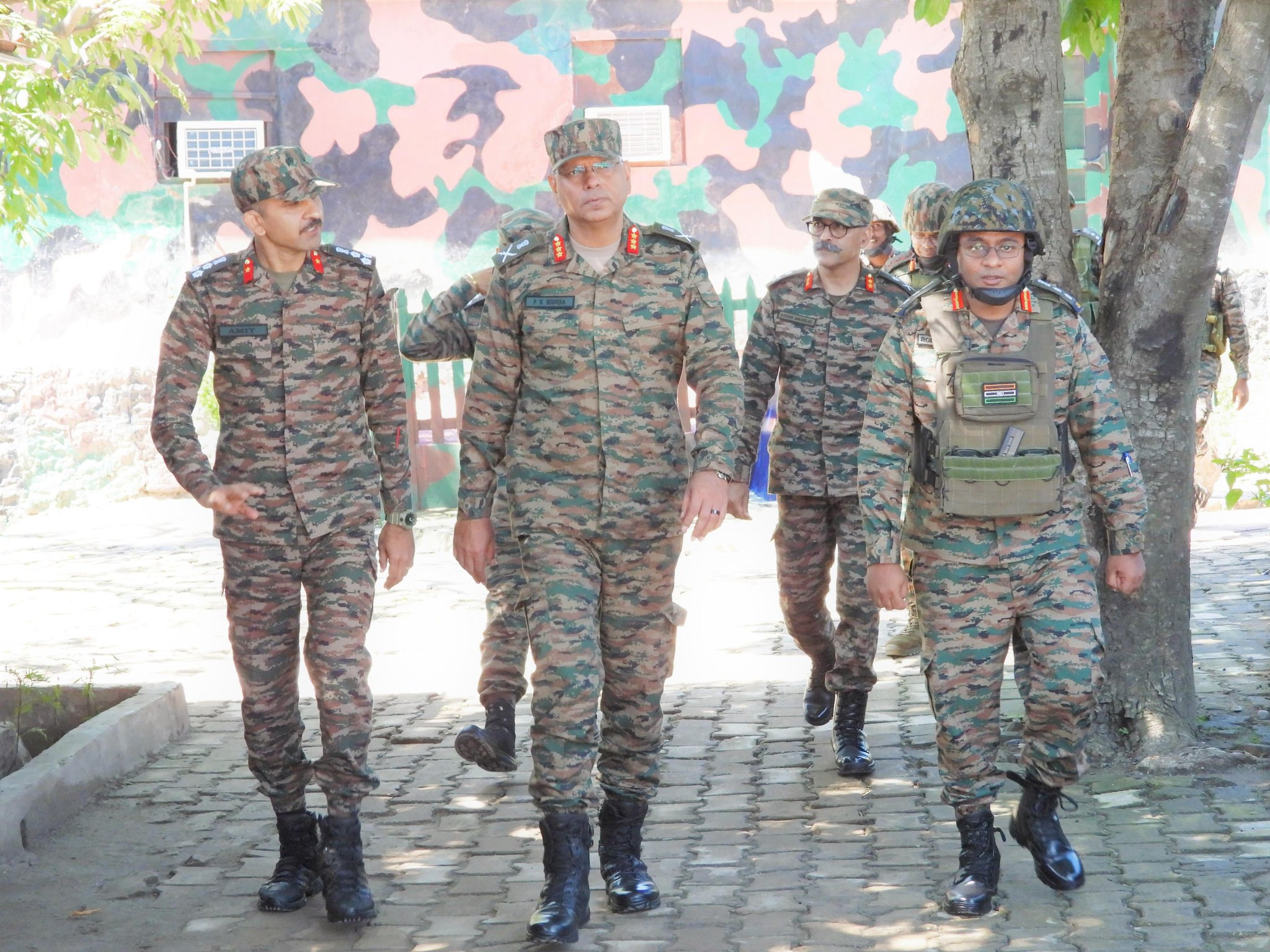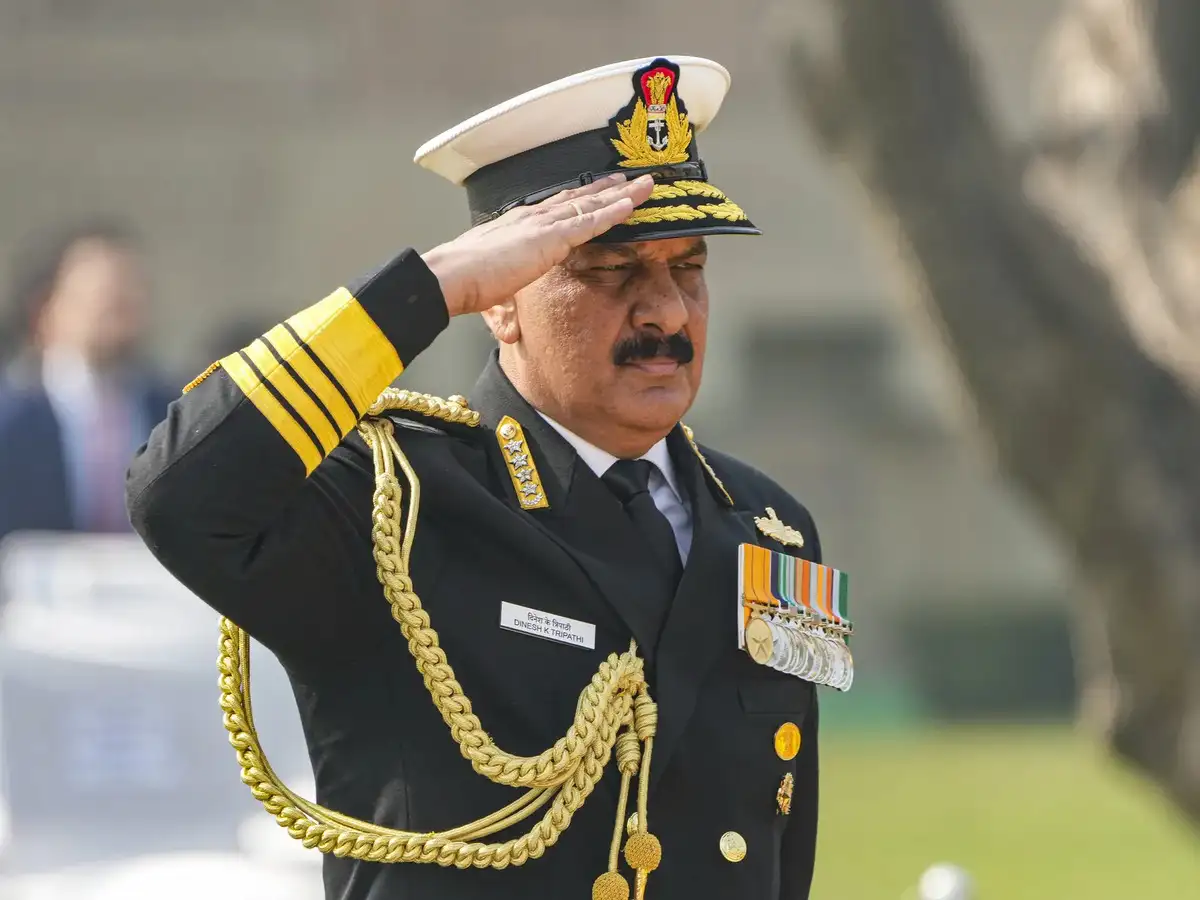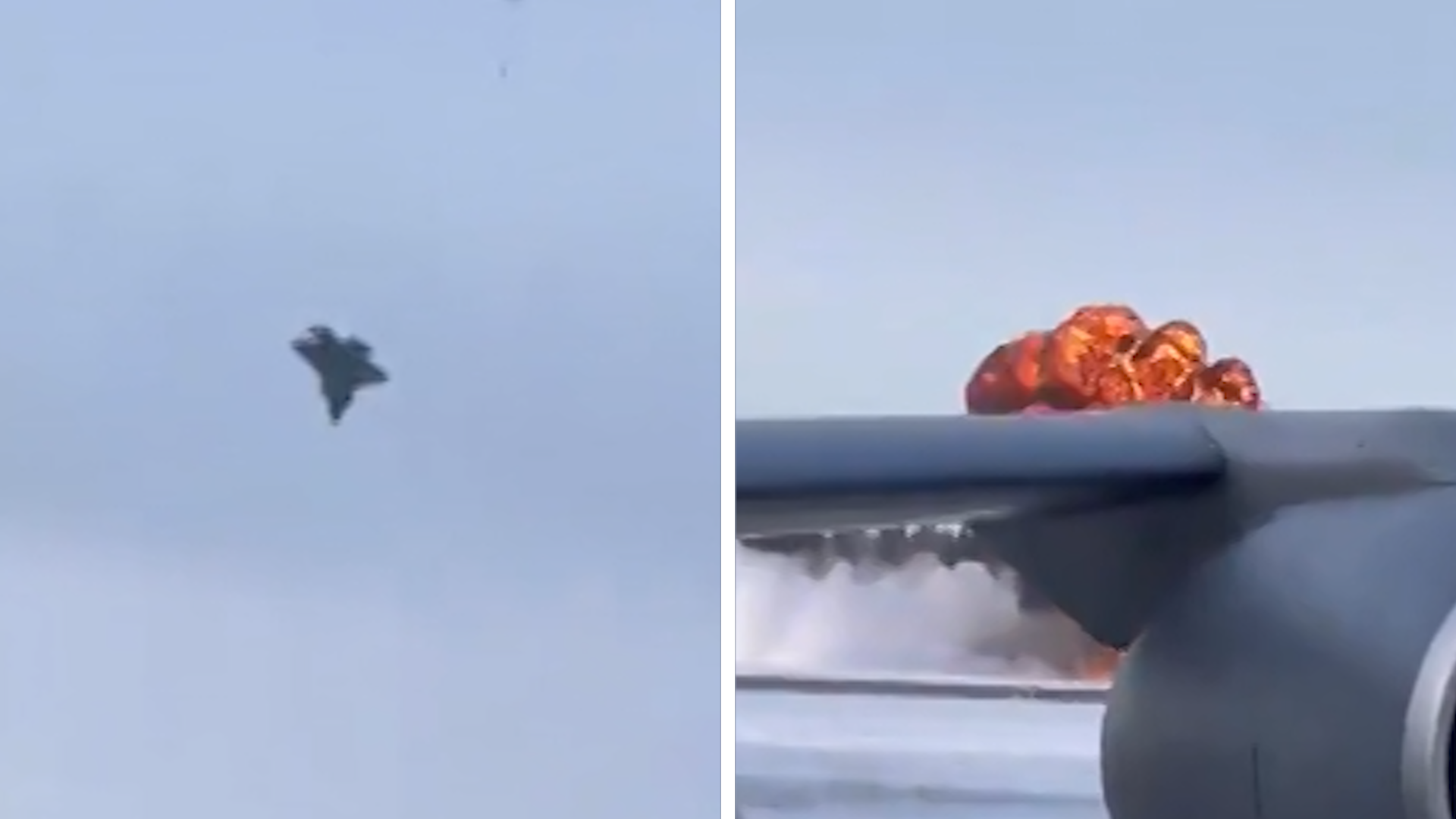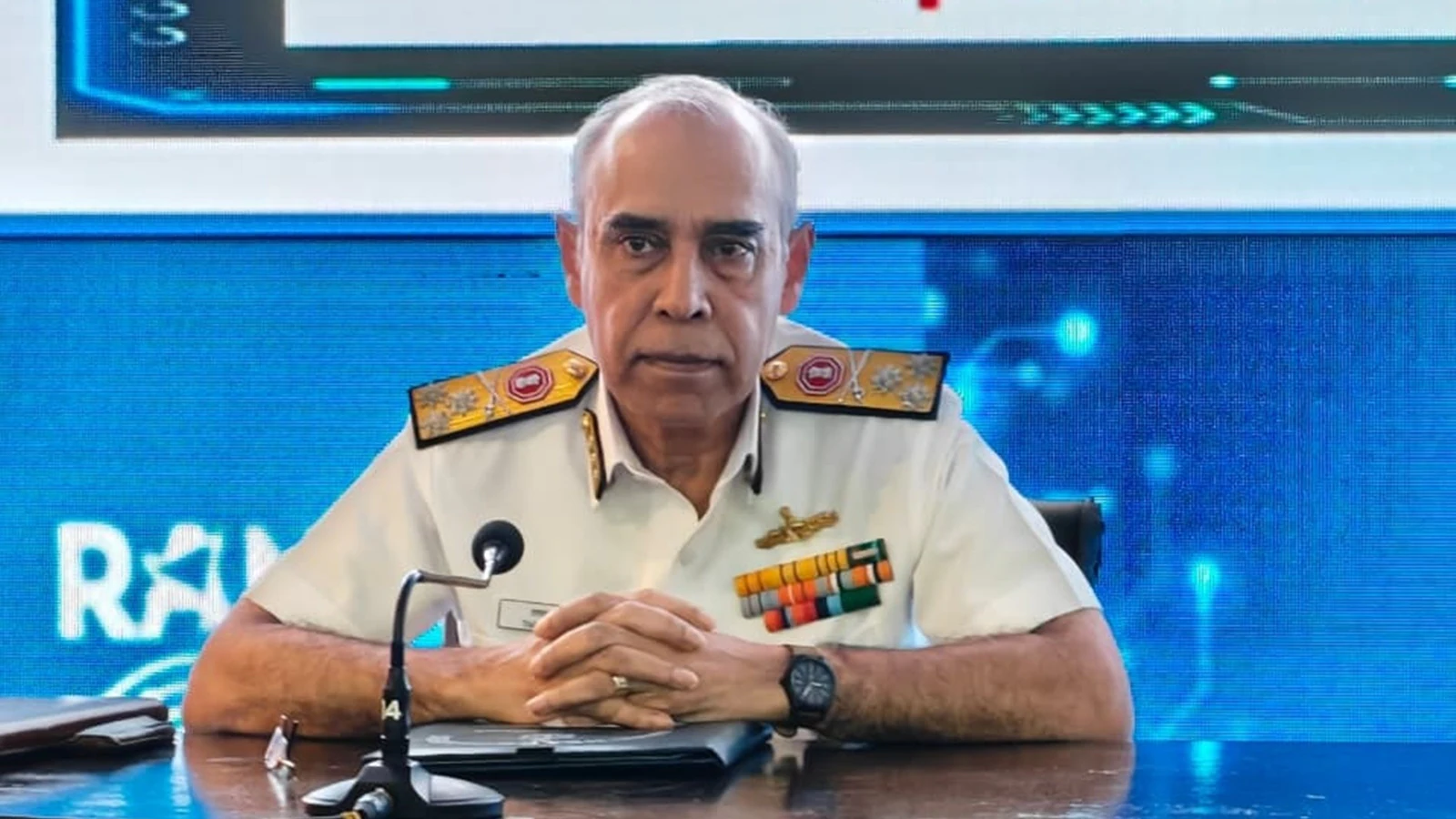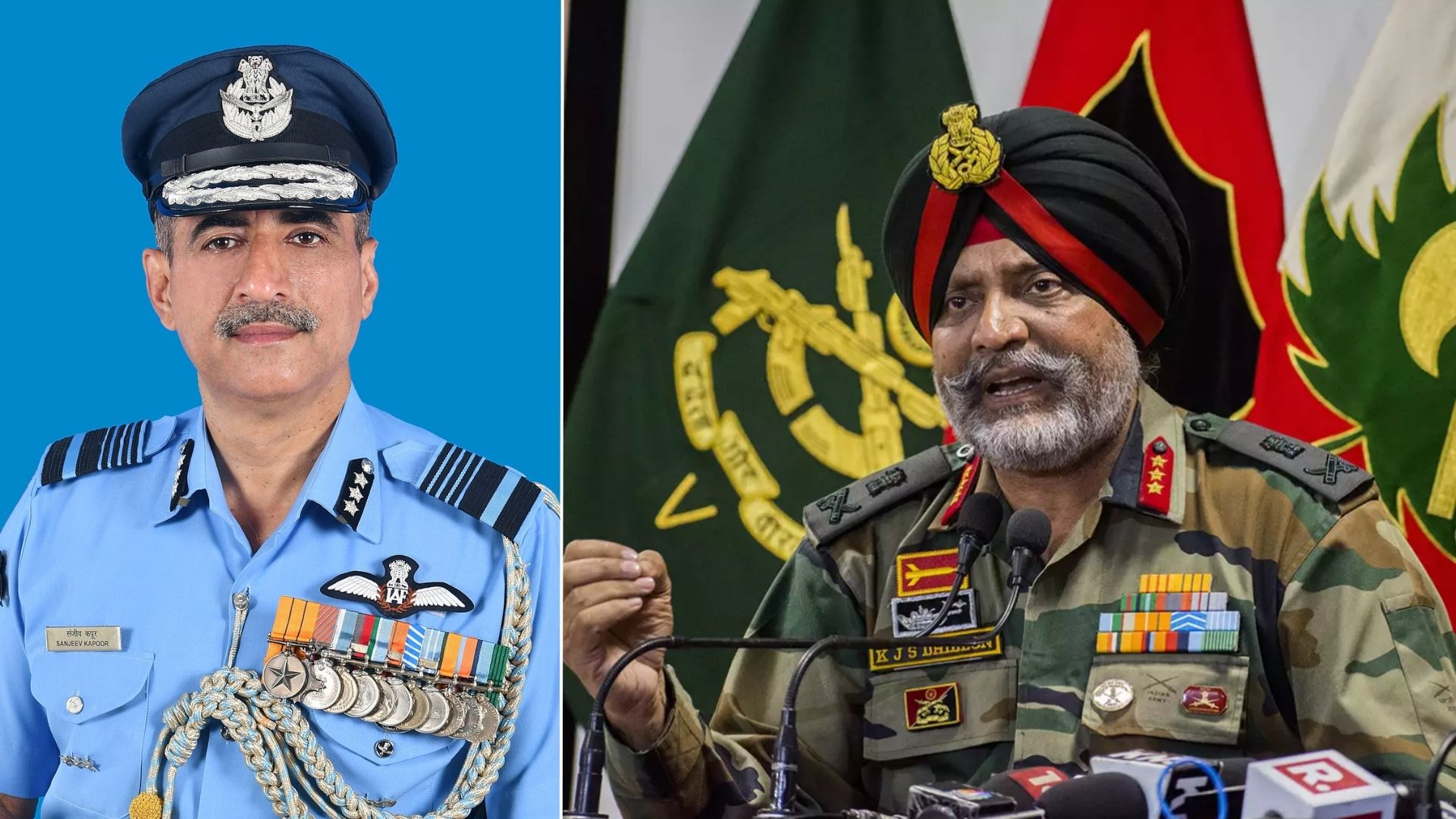Indian Army Enhances Operational Readiness in Krishna Ghati Sector
Focus on Security and Operational Preparedness.
Navy Chief Calls Theatre Commands ‘Ultimate Goal,’ Warns of Grey Zone Threats
From jointness to grey zone warfare, Navy Chief outlines challenges and opportunities in India’s path toward theatre commands.
F-35 Crash in Alaska: Pilot Spent Nearly an Hour on Call With Lockheed Engineers Before Ejecting
Ice in hydraulic systems caused landing gear failure despite in-flight troubleshooting.
Post-Op Sindoor, Navy Eyes Longer-Range Strike Capabilities, Counter-Drone Systems: Vice Admiral Sobti
Vice Admiral Sobti highlights evolving maritime strategy at tri-service dialogue in Mhow.
Ex-Military Officers Slam SpiceJet Over Five-Year Flying Ban on Army Officer
Ban on Army officer sparks debate over airline discipline and treatment of armed forces.
Russian Drones Reportedly Flying Over U.S. Weapons Routes in Germany, Raising Espionage Concerns
Officials fear surveillance could aid battlefield planning and covert operations across Europe.

